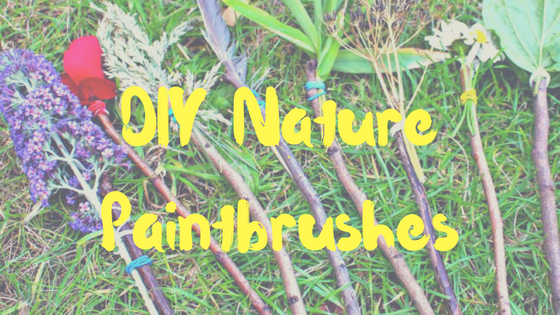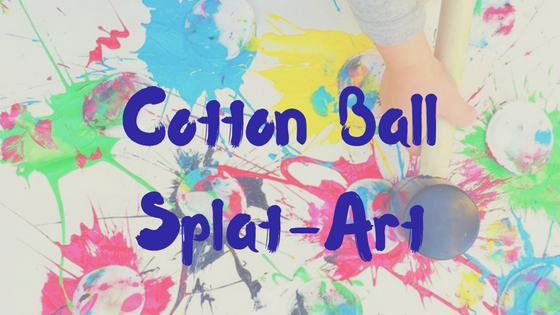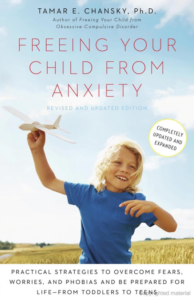Here’s a craft to get you outside, go on a hike, collect some beautiful and interesting textures from nature and start painting!
These DIY nature paintbrushes are great for toddlers, preschoolers and also for older kids.

You will need:
- Sticks (1 for each paint brush)
- Lots of interesting pieces of nature
- Elastic bands (or string)
- Poster paint
- Large roll of paper
Collecting your nature for this activity is half the fun: find different textures and patterns, talking about what will make good prints.
How to make your paint brushes:
Attach a piece of nature to each stick using an elastic band or a piece of string. Start by attaching the string or band (not too tight), and then slide your nature selections in.
Time to Paint!
Lay out a roll of paper and 2-3 pots of paint with different colours in them. Experiment and play with the different patterns and textures each of the paintbrushes can create – dab, sweep, poke…and have FUN!




